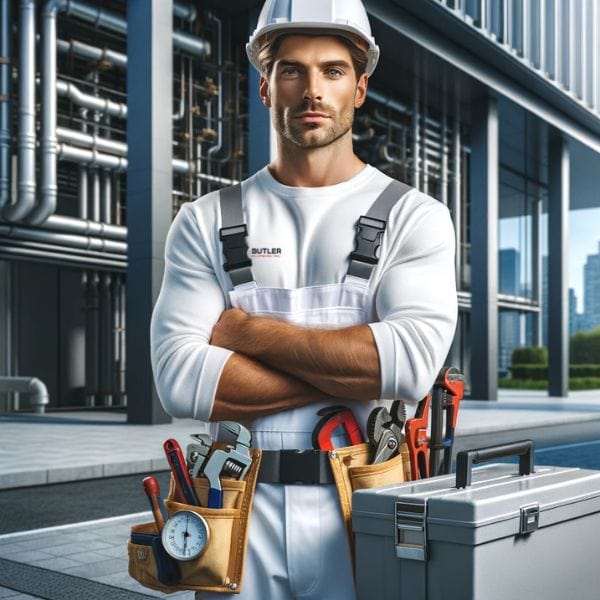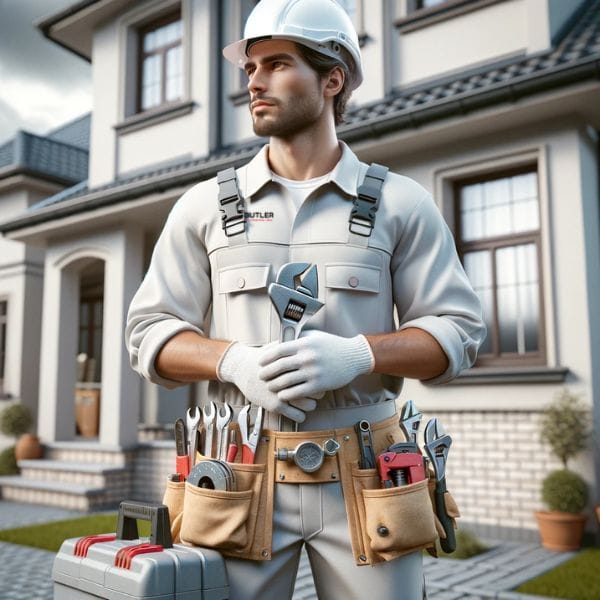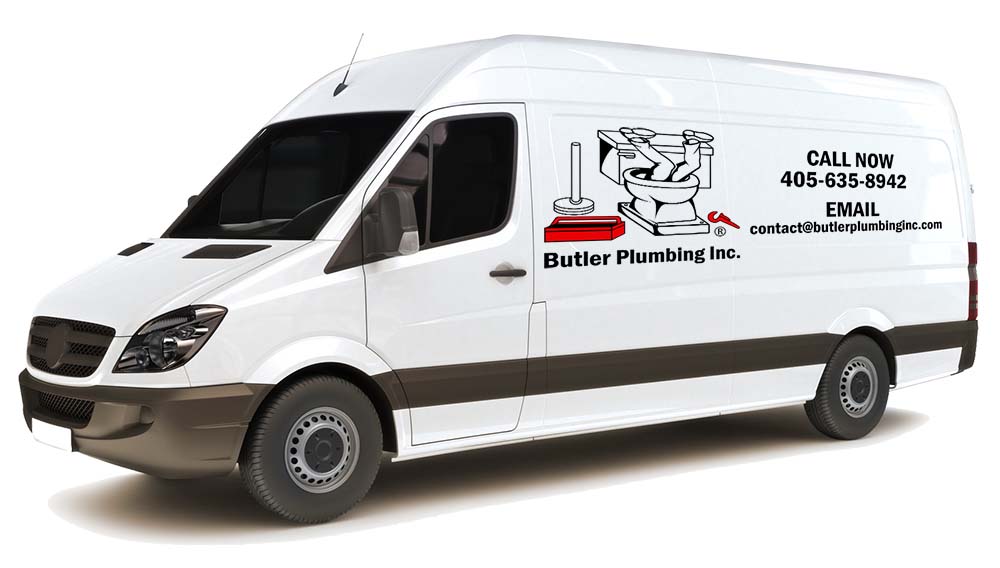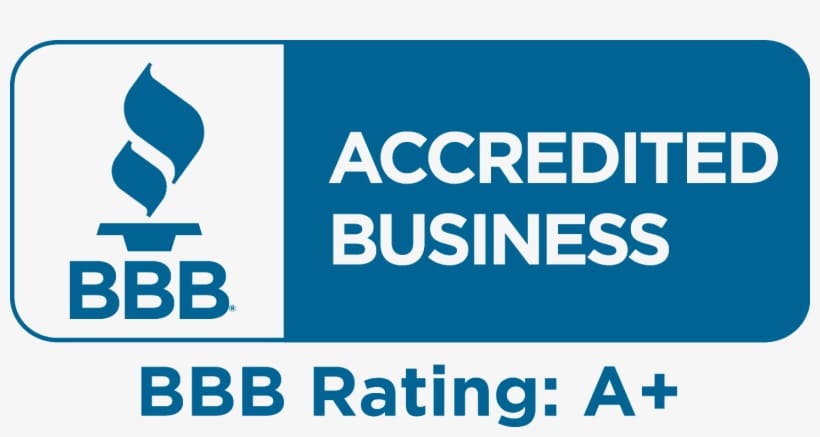The #1 Plumbers in OKC
- FREE ESTIMATES
- 100% Satisfaction Guarantee
- Locally Owned and Operated
- 5-Star Reviews
- 35+ Years Experience
Get The Best Plumbing Company in Oklahoma City
With Butler Plumbing Inc. you’re getting a plumbing company that offers licensed, professional plumbers who specialize in installing, repairing, and maintaining water supply and drainage systems in homes and businesses in Oklahoma City.
We can help you when something goes wrong with your plumbing system, like a clogged drain, leaky pipe, or broken water heater.
Our plumbers offer the expertise to accurately diagnose plumbing problems and have the skills, tools, and supplies necessary to fix them.
For example, we can use high-powered drain augers, pipe inspection cameras, and leak detection equipment that most homeowners and business owners do not have access to.
We also know the complex plumbing codes and standards to ensure any repairs meet safety regulations.
With our services you also get preventative maintenance services to help avoid major plumbing emergencies through routine inspections, pipe cleaning, and component replacement when needed.
Request a Free Estimate




Plumbing Services
Commercial Plumbing
Commercial plumbing involves the plumbing systems and infrastructure that serve commercial buildings and properties such as offices, retail stores, restaurants, hotels, schools, hospitals, and other non-residential establishments.


Residential Plumbing
Residential plumbing includes the systems that supply water and handle waste disposal within homes, apartments, condominiums and other places where people live. It includes infrastructure like pipes, drains, vents, fixtures, valves and plumbing appliances used for bathrooms, kitchens, laundry and more.

Get Local, and Licensed Plumbers in Oklahoma City
An advantage of hiring licensed plumbers from reputable companies is that you have confidence they are properly trained, insured, and will perform quality work that meets code requirements. Hiring local, licensed plumbers protects home and business owners and helps avoid potential problems.
"Your 100% Satisfaction is Our Goal"
OKC Plumbing Reviews
Our Oklahoma City Plumbing Clients









What are the typical services offered by plumbers?
Plumbers typically offer a wide range of services including leak repairs, pipe installation, drain cleaning, water heater repair and installation, and emergency plumbing services.
How does one find a reputable plumber in OKC?
To find a reputable plumber in OKC, one can check online reviews, ask for recommendations from friends or family, or consult local business directories. It’s also advisable to ensure the plumber is licensed and insured.
Are there any specific plumbing codes in OKC that homeowners should be aware of?
Yes, OKC has specific plumbing codes that must be adhered to. These include regulations on pipe materials, installation standards, and permits required for certain types of plumbing work. Homeowners should consult with a professional plumber or the local building authority for detailed information.
What is the average cost of plumbing services in OKC?
The cost of plumbing services in OKC can vary widely based on the nature and complexity of the job. On average, homeowners might expect to pay anywhere from $50 to $200 per hour for a plumber’s services, with additional costs for parts and emergency services.
What should one do in case of a plumbing emergency in OKC?
In case of a plumbing emergency in OKC, it’s important to shut off the main water supply immediately to prevent further damage. Then, contact a local plumber who offers emergency services. Keep the contact information of a trusted plumber handy for such situations.

